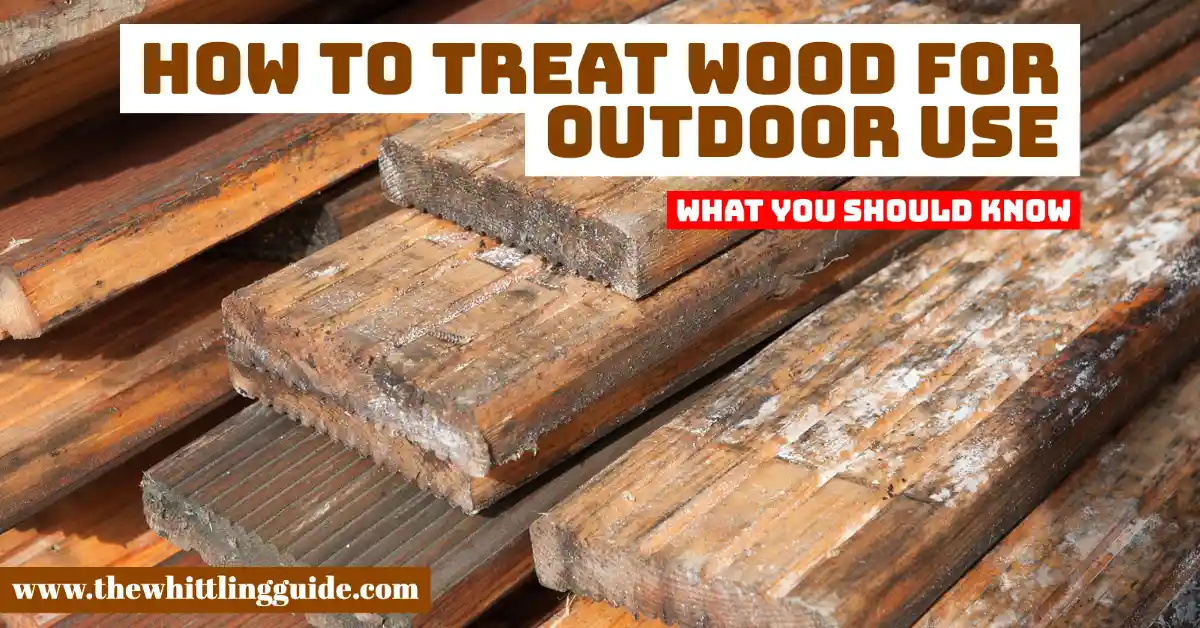
How to treat logs for outdoor use
Treating wood for outdoor use is necessary to protect wood from the harsh outdoor elements that would otherwise cause it to rot. There are many different types of treatments, but we will focus on using an oil treatment instead of a water-based treatment.
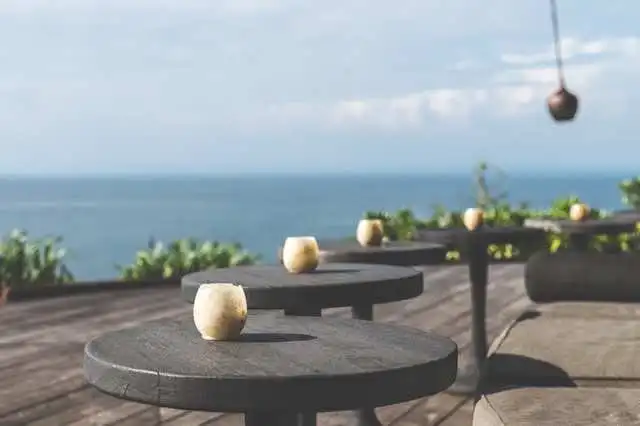
The first step in this process is to sand the surface of your boards so they are smooth and free of bumps or splinters that could trap dirt and debris. Next, you’ll need to apply a sealer such as polyurethane or varnish, which you should apply evenly with a brush or rag, following all instructions carefully for the best results. Finally, you should rub the finished surface with some spirit before letting it dry. Let us discuss this in detail.
Methods
Use Wood Oils
Wood has natural defenses that work to protect it against natural elements and weather. Wood oil is perfect for preserving wood because they nourish and seal the exterior layer of wood. I have used Danish oil, Linseed oil, tung oil, and Teak oil. Over time these oils can begin to depreciate, and therefore if you wish to keep wood fully fit for the outdoors, this would need to be replaced.
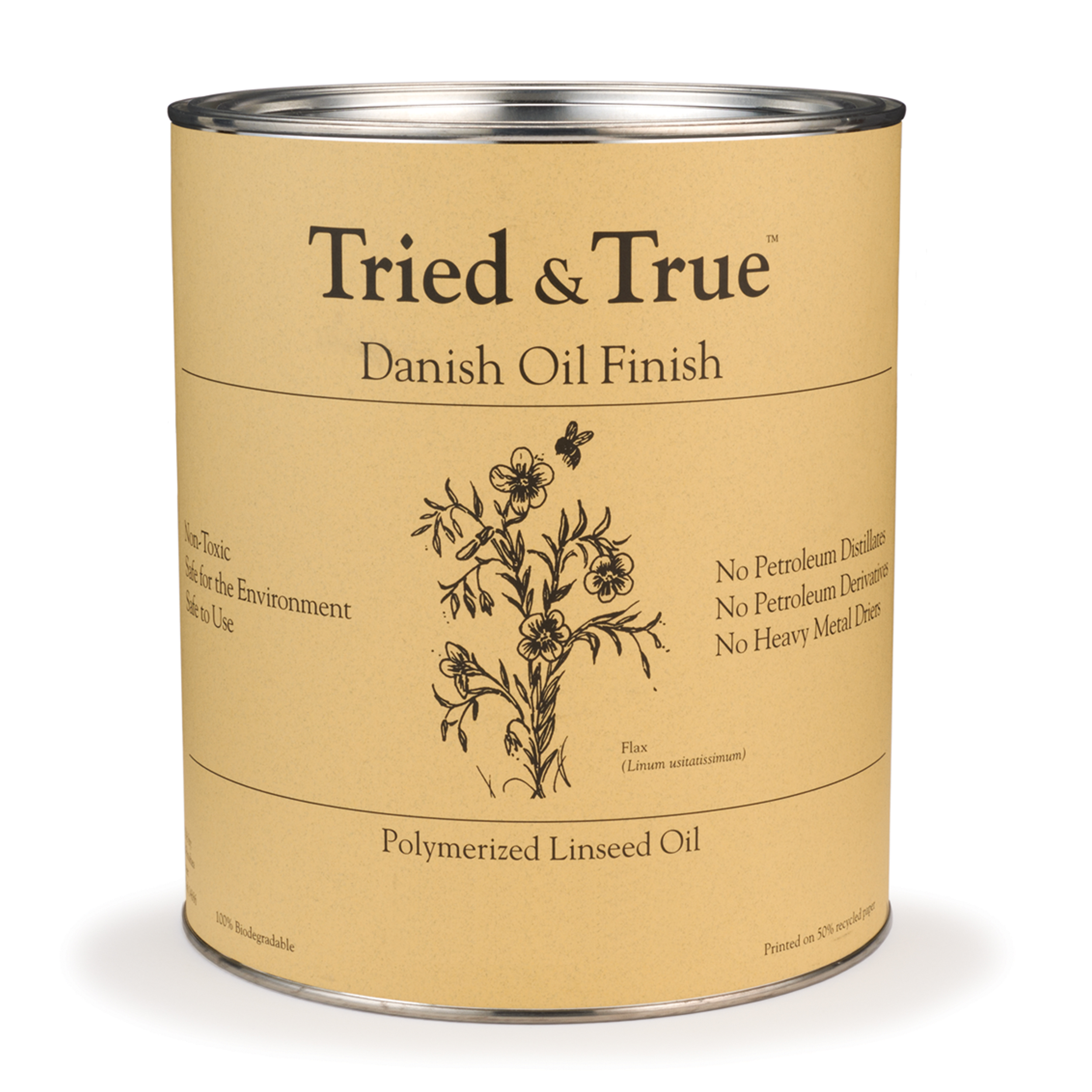
This should prevent any moisture from penetrating the wood and causing rot from the inside. It should ensure that the wood remains dry on the inside while preventing any splitting from occurring. This is due to improved water repellent and essential safeguarding against dangerous UV rays. The good thing about using wood oils is that you only need to apply a thin layer. This can be done using a brush or cloth to do that the oil is easily absorbed, and the process is straightforward.
Wood Stains
If the wood you were trying to protect will be experiencing quite a sustainable amount of foot traffic, then treating it with wood stains and dye is a great way to ensure its protection. This is one of the few methods that will provide you with consistent coverage and a more durable option for protection. It can improve and enhance all the wood grains within the wood. This should give you a fully resistant finish to any scuff marks that are usually associated with heavy foot traffic.
The hard-wearing finish will come in a wide variety of different colors, meaning that the overall design of the outside would remain immaculate. Since it will be dealing with quite a substantial amount of foot traffic, there must be a non-slip finish. This is made possible by the wax-enriched formula that is resistant to both cracking and peeling. One of the main benefits of the wood dye is that it can penetrate deep into the wood, and therefore, you will only have to re-coat this every two years.
Wood Preserver
A wood preserver is an excellent option to consider because you can get it in a wide variety of colors and even a transparent choice. When you apply this option to the wound, it operates similarly to what you would expect a dye and wood oil to provide for you. The benefits of this include waterproofing and as an extension of this protection from any potential decay occurring.
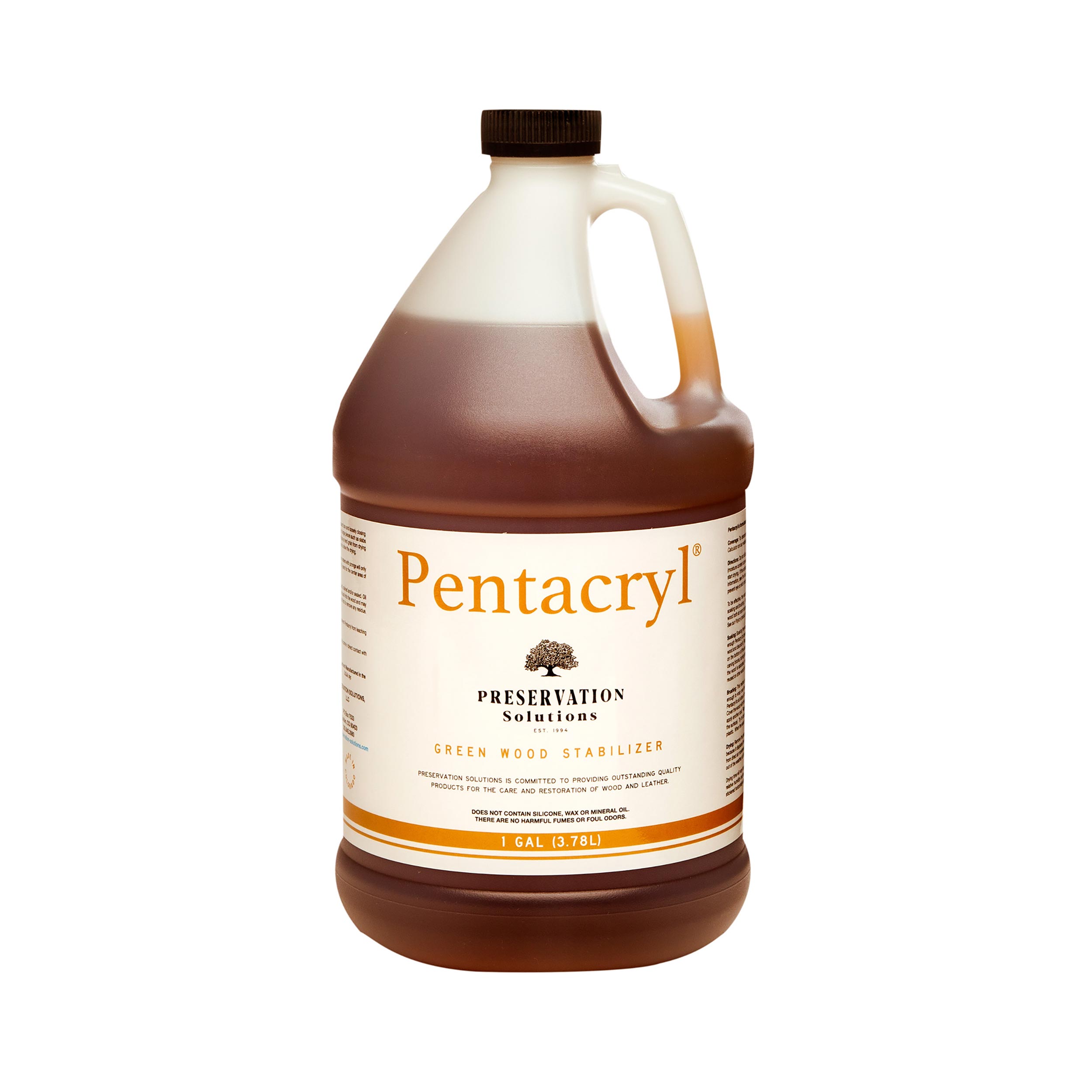
Issues like mold and algae become problems of the past. This formula is designed to protect against the natural greying process, which means that it is well equipped to guard against harmful UV rays. Many consumers use this to cover their sheds and fences as it is well equipped to deal with the full blast of the weather.
Varnish
Varnish is the most common option that woodworkers choose because of its excellent preservation capacity. It is well known to work on items such as external doors and gates. If you have extra money available and would like to use a high-performance protection agent, this is the way to go. It has unmatched protection abilities against UV light and water penetration.
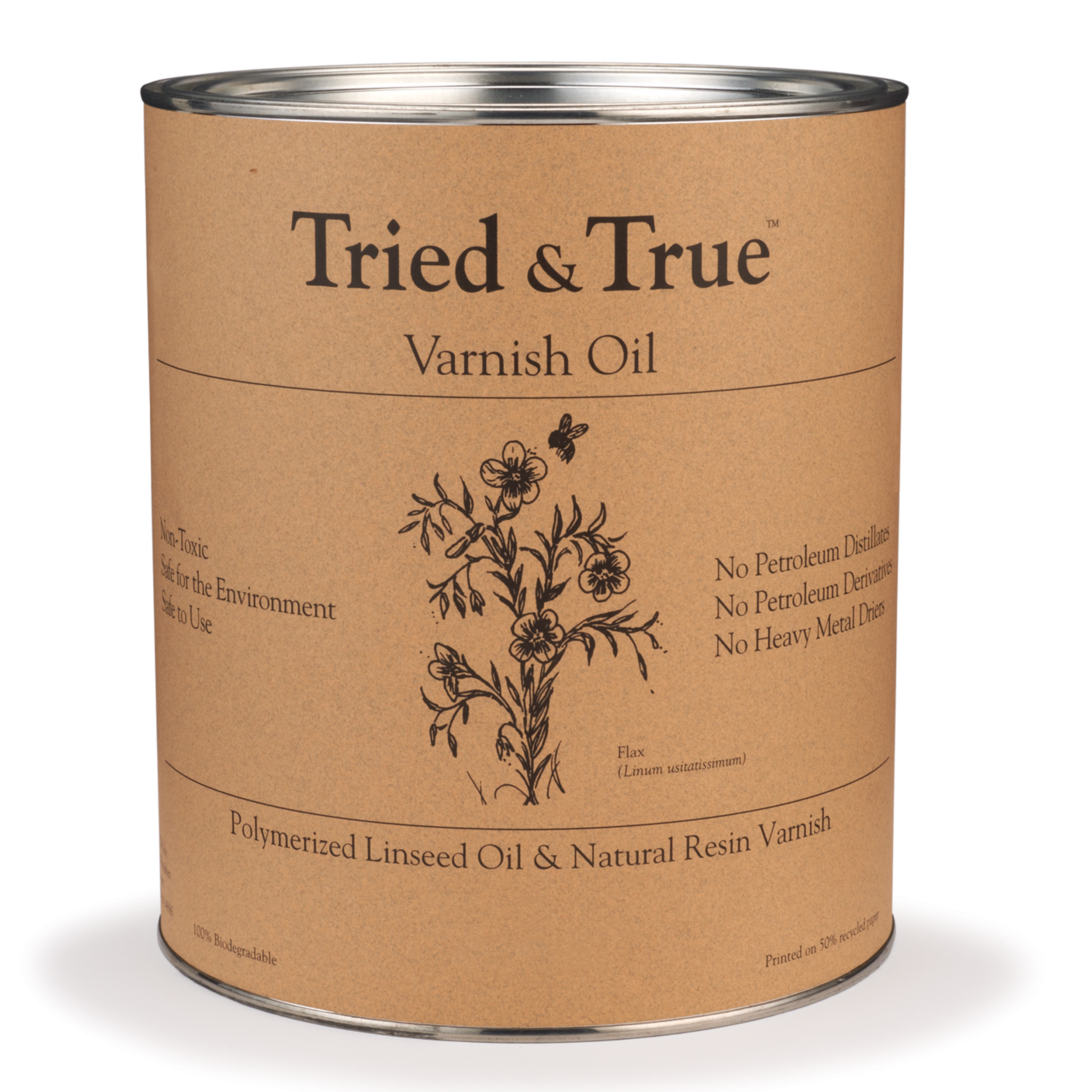
Does the ability to heal even if it is already suffering from cracking and peeling. Its adaptive formula is well known to move with the wood. As your wood shrinks and grows due to the weather, so does the procedure. If you have had unfortunate run-ins with poorly applied stains and dyes, then this is a great option to use going forward.
Expected Results
The main objective of using any of these methods would be to ensure that the wood is well protected from the weather elements. If you use any of these methods and moisture, insects and sunlight can penetrate them, which is not successful. This is the leading cause when it comes to rot and decay.
Things to look out for
You will want to ensure that you only apply a light coat on the wood, whichever method you choose. More is not always better. If you put too much varnish on the wood, there is a good chance that it will suffocate and not grow with the weather. Ensure that you use a brush and apply a light coat, and this should be sufficient to last you for at least two years.
Conclusion
In summary, you need to varnish and protect wood that will be outdoors for an extended period of time. The wood of your sheds, door frames and fences is the most vulnerable to rot. This wood needs to be protected to maintain its value and beauty. In this article, we have listed four methods you can try to keep the wood in good condition for some time. Which method is best for you depends mainly on your budget and the condition of the wood. Be careful not to overdo it and only apply a very light coat of varnish/preservative. Give the wood enough time to settle before putting it outside. Find out if You can Use Non-Pressure Treated Wood Outside?
- Pyrography Techniques for Beginners: Textures and Shading - January 23, 2024
- Troubleshooting Jointer Issues: Why is Your Jointer Not Flattening Wood? - October 11, 2023
- Unlocking the Secrets of Jointing to Increase Width - September 29, 2023